Like any other girl, I would look forward to decorate my hands with Goranti as we called in Kannada for mehendi / henna. My sister would draw big and small circles on my palm using a broom stick dipped in mehendi paste and I would wait impatiently to wash off the mehendi to reveal the maroon stains.
Mehendi plant is used in North India to line the hedges of the garden. If trimmed it looks very good and since they have thorns it acts as a natural barrier.
Picture Above – Mehendi hedge, picture taken at Kurja Midway hotel between Jaipur and Bikaner
Plant Summary:
Henna means “blessed” in Arabic and it belongs to the Lythraceae* family. The botanical name is Lawsonia Inermis and the common names are Mehendi, Goranti, Madarangi, Mailangi, Marudhani etc. This flowering plant is a native of Africa, Southern Asia and Northern Australasia in dry regions. It grows up to a height of 6 meters, and is multiple branches. The leaves are green and pretty.
The Henna flowers are small with four sepals and white or red stamens. Fruits are small and dark red cases of 4–8 mm in diameter. These fruits turn brownish as they dry containing 32–49 seeds per case.
Picture above – Henna Tree with fruits
Henna produces a red dye molecule, which is known as lawsone. When Henna is applied on skin, hair, finger nails, leather, silk and wool the lawsone molecule bonds with proteins to leave a red stain on it. Lawsone is concentrated in the leaves of Henna plant.
Pali district of Rajasthan cultivates Henna on large scale and is dried and powdered to be distributed all over the country. The other countries where Henna is cultivated for commercial benefits are Pakistan, Morocco, Yemen, Iran, Afghanisthan, Somalia, Sudan, Libya, Egypt and Bangladesh.
Picture above – White Cheeked Bulbul on a Henna tree with fruits, pictured at one of the highway dhaba between Bikaner and Jaisalmer
A perfume is prepared using Henna, which is gaining popularity. It is a mandatory custom for brides to decorate their hands and feet with Mehendi in North India. A day is especially reserved for the Mehendi ceremony. Married women never fail to apply Henna on hands and feet during Karwa Chauth, Eid and Diwali festivals.
Picture above – Henna application in Jaisalmer Fort / Sonar Qila
*Lythraceae is a family of flowering plants. It includes 500-600 species of herbs, and some shrubs and trees, in 32 genera.
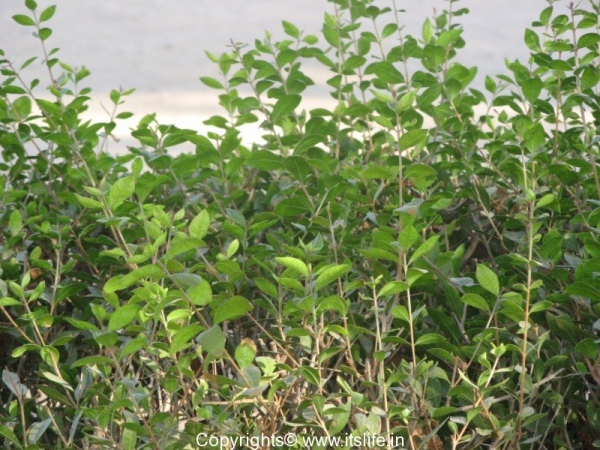
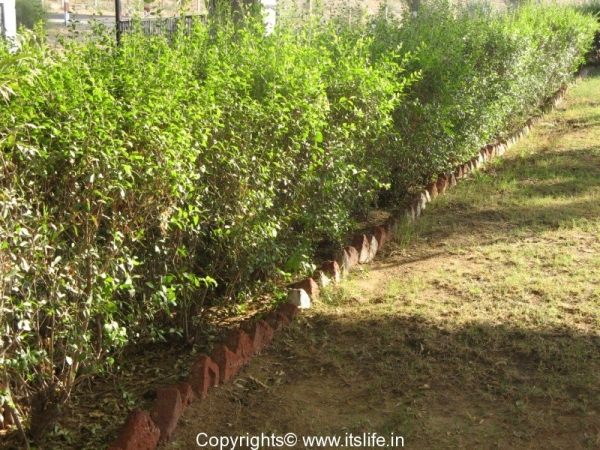
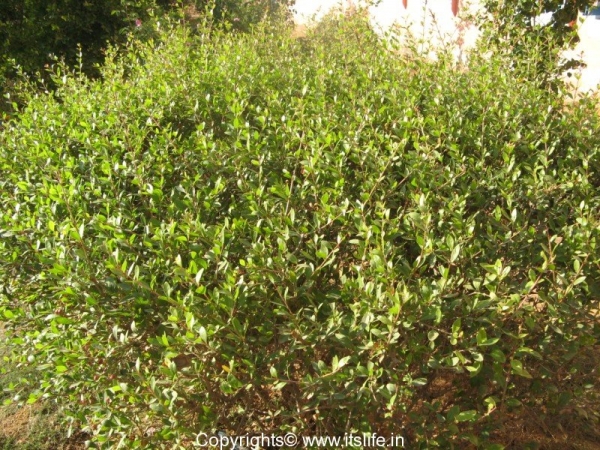


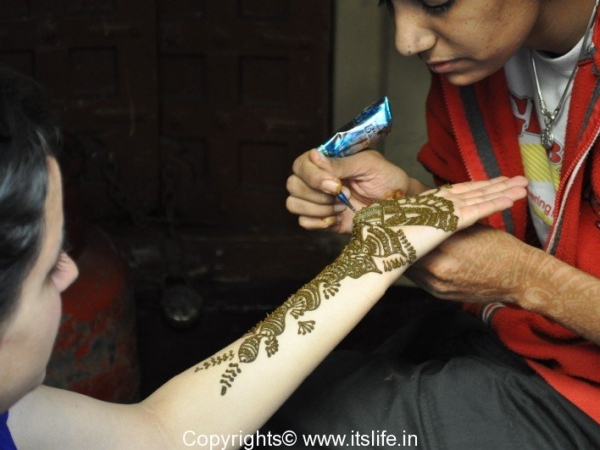
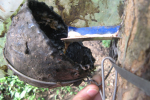
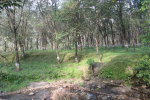
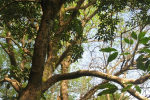
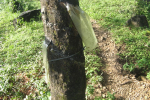
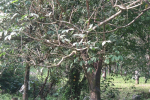

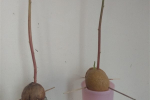

Interesting! I have never seen those plants before, only bought powder!:)
The climatic conditions in South India is not very suitable for growing Mehendi plants. Even the application of intricate Mehendi designs on the hands for functions was also very rare among South Indian women. This trend has changed over the years due to the migration of people from Gujarat and Rajasthan. Now, there is no South Indian bride without Mehendi! So, Mehendi in a way has brought in some of the traditions of North India into South Indian families.
Hi,
This brings back so many memories for me. While I was growing up, we used to live in quarters in bangalore and we had a mehendi plant in our garden and most of our neighbours used to make use of these leaves for a variety of reasons. The aroma from the tree is amazing..Thanks for bringing back a lot of memories.
I came across your website while searching for an authentic south indian recipe. Its a very nice website.
Cheers,
Viji
Thanks Viji. Keep visiting.
Regards,
Shantha
Mehandi in south is called as mylanchi(Malayalam) .The leaves are ground to a paste and applied on feet and hands in the month of karkidakam (July / August) .this is to protect you from fungal infection in the rainy season.ladies apply it as they had to do all household work in those days.
Hi Vasantha,
Thanks for the wonderful information.
Thank you for this lovely Article… I really love them these tips of how we can make Mehandi …